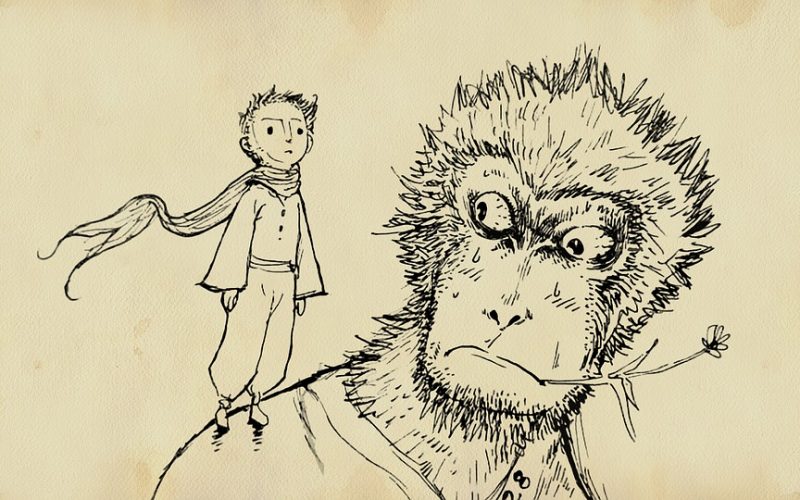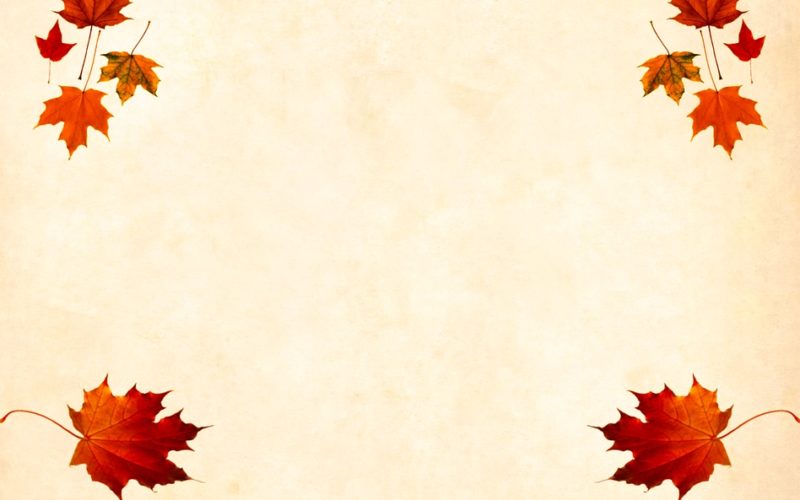Folded Paper Art
Origami is the art of folding paper into recognizable shapes, and it has long been practiced by those who enjoy tactile arts. Buddhist monks are credited with introducing paper to Japan where it replaced cloth in some instances. There is still debate on where paper folding originated, but the formal art of paper folding, known as origami in the modern world, can be traced back to Japan in the sixth century. Originally used in religious ceremonies, it came into wider use as paper became less expensive to produce.
Origami paper is not the same as that used for writing or printing. The pages are square, and they often come in a range of colors. Pastels are very popular in origami paper packs, and the pages tend to be thinner than the paper used in modern printers and copiers. This attribute makes it easier to crease and fold, and it helps the paper retain the shapes imposed upon it.
While it was originally reserved for use in religious ceremonies, this form of art has expanded over the centuries. Instructions are now available online, and they include a wide variety of shapes. Paper frogs that jump, graceful swans that swim upon white linen tablecloths and dragons that look as if they might breathe fire are only a few of the animals created when practicing this art.
Modern origami artists can create a large variety of animals, but plants are also part of their repertoire. Lilies, tulips and roses are some of the flowers that are created out of paper, and there are also generic versions of flower blossoms for those seeking a few minutes of folding fun. Instructions for boxes with covers, hearts and a variety of star shapes are also available for those who wish to expand their artistic horizons.





